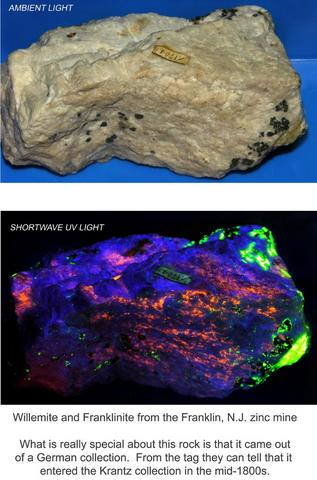Petri 7
Yesterday the UPS guy delivered my brand new, 40 year old 35mm film camera. It was made from 1963 until 1976. The Petri 7 was the very first 35mm camera I ever owned, and I shot a lot of pictures with it. So I was happy that I could buy one on e-bay for just $5.99. I really didn't expect it to work, I just wanted one on display in my camera collection.
-
But after examining the camera closely it looked to me like it probably would work fine, so I loaded a roll of 35mm film in it. This is a neat camera for several reasons. It is light weight and has a f/2.8 lens.
to me like it probably would work fine, so I loaded a roll of 35mm film in it. This is a neat camera for several reasons. It is light weight and has a f/2.8 lens.
-
It has electronic metering but the camera doesn't need any battery. It is not a stretch to say that this camera was solar powered. I have read that during the 1960's the Petri 7 was as good as what was being made by Nikon, but at about half the price. I don't know. At the time I certainly couldn't afford a Nikon. But the Petri 7 is a rock solid camera which takes great pictures.
-
This camera didn't have true TTL metering; it was "around the lens" metering. It has a place to mount a flash on top, but it is not a HOT shoe. There are no electrical connections. You change the switch on the camera depending upon whether you are using flash bulbs or an electronic flash. And you run a cable from the lens to the flash unit.
-
I went over to the park with the dog, and I shot a roll of film right quick. I have to be honest, it didn't take me long at all to realize that I sort of missed automatic focusing and automatic adjustment of aperture and shutter speed. Oh, yes, I also missed having a zoom lens and the camera automatically adjusting light sensitivity (ISO or ASA or DIN).
-
And what I missed more than anything was the ability to see the pictures immediately and then edit them on my home computer as soon as I got home. Back when this camera came out in 1963 the concept of having one's own "home computer" was not even a fantasy. It was completely outside the realm of reality. Computers at that time which are much less powerful than my laptop is today (or maybe even my solar powered digital watch or one of my cell phones) took up a full room of space and had dangerously hot vacuum tubes. They were unreliable, required constant maintenance by technicians, used an outrageous amount of enegry, and were not even the least little bit user friendly. You controlled the computers of that day using punch cards and reel-to-reel tape.
-
The other thing I missed in using this old film camera was the ability with just a couple of mouse clicks to send the photos instantaneously and completely free of charge at the speed of light to my sister across town, and to my friends in Dallas, Belgium, and Venice, Italy.
-
The technology used for communication has made great strides in the last 40 - 50 years. Satellite TVs and cell phones. But has communication really improved? Not much it seems like to me.
I was at the summer Olympic Games in Munich, Germany in 1972 the day that the Palestinians killed all the Israeli athletes. Both sides of this conflict really hated each other when I toured the middle east in the 1970's. And it seems to me that this hate has not diminished much if at all over the last 40 years.
The richest 1% in America now control a much larger portion of the country’s wealth than they did forty years ago. The super-rich still feel the same way about working people that the Masters on the plantations felt towards their slaves in the 1800's. A much smaller percentage of working people in America have health insurance today than was true when I was growing up. White Americans still dislike dark skinned immigrants almost as much as they did 40 years ago.
So technology is not always the answer or the solution to the problem. Sometimes it is as simple as sitting down face-to-face, talking politely and honestly, and really getting to know each other.
-
After shooting 24 pictures I took the roll of film over to the one-hour processing at Walgreens. When I returned an hour later on my trusty little Honda I got a nice surprise. The pictures came out really great.
- -
-
LINK: http://www.photoethnography.com/ClassicCameras/index-frameset.html?Petri7s.html~mainFrame-
-
-
-
-
-
-
-
-
-
-


























